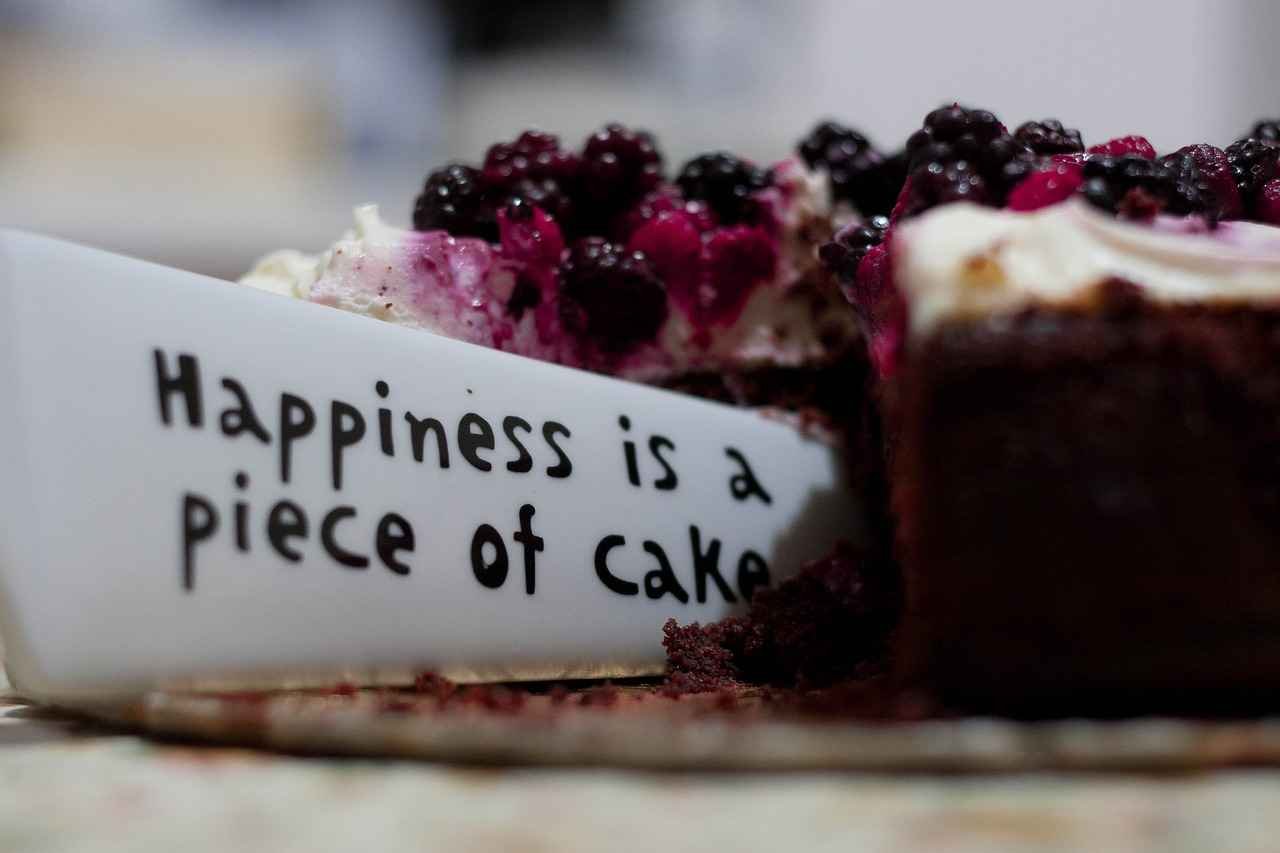Mindfulness meditation is a mental training technique that helps you to relax your mind and body by slowing down racing thoughts, letting go of negativity, and focusing on the present moment. It blends meditation with mindfulness, which is described as a mental state in which you are totally focused on the present circumstances and can accept and recognize your thoughts, feelings, and sensations without judgment.

Mindfulness meditation involves deep breathing and awareness of the body and mind. Techniques vary, but in general, it involves deep breathing and awareness of the body and mind. Mindfulness meditation does not need any props or preparation (no need for candles, essential oils, or mantras, unless you enjoy them). All you need is a comfy seat, three to five minutes of free time, and a judgment-free mentality.
Proper practicing
Although you can learn mindfulness meditation on your own, a teacher or program may also assist you in getting started, especially if you’re practicing meditation for health reasons. Here are some basic instructions to get you started on your own.
Comfortability
Locate a peaceful and pleasant location. Sit with your head, neck, and back erect but not rigid in a chair or on the floor. It’s also a good idea to dress comfortably and loosely so you don’t become sidetracked. However, you can do this exercise anywhere for any period of time, there is no need to dress up.
Proper timing
While a timer isn’t required, it can help you focus on meditation and forget about time, as well as eliminating any excuses for stopping and doing anything else. It can help guarantee you’re not meditating for too long because many individuals lose the sense of time while meditating. Allow yourself time after meditation to become aware of your surroundings and gradually rise.
While some people meditate for longer periods of time, even a few minutes each day can help. Begin with a 5-minute meditation session and gradually extend the duration of your sessions by 10 or 15 minutes until you can meditate for 30 minutes at a time.
Breathing
Attune to the sensation of air going in and out of your body while you breathe by being aware of your breath. As the air enters and leaves your nose, feel your belly rise and fall. Pay attention to the temperature difference between inhaled and expelled breaths.
Clarity of thoughts
Don’t ignore or repress thoughts that arise in your head. Simply take notice of them, be cool, and utilize your breathing as a stabilizing force. Consider your thoughts to be clouds going by; see how they move and alter as they drift past. While you’re meditating, repeat this as many times as you need to.
Break time
If you feel yourself being carried away in your thoughts—whether with worry, fear, anxiety, or hope—return to your breathing and examine where your mind went, without passing judgment. Don’t be too hard on yourself if this happens; mindfulness is the discipline of returning to your breath and focussing on the present moment.





